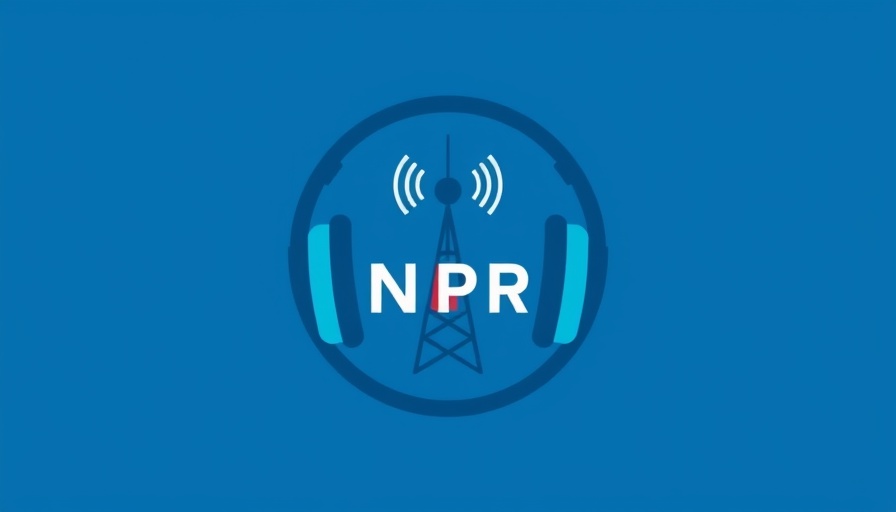
NIH's New Funding Policy: A Game Changer for Medical Research
The National Institutes of Health (NIH) has recently made headlines by altering its funding strategy, raising concerns among medical researchers nationwide. With the announcement of a significant change to how indirect costs associated with grants are managed, the NIH is capping these expenses at a mere 15%. This is a stark contrast to the much higher rates previously afforded to institutions like Harvard and Yale, which have historically received around 68% and 67%, respectively. This adjustment will undoubtedly shift the landscape of research funding in the United States.
Understanding the Indirect Cost Dilemma
Indirect costs, often referred to as overhead expenses, encompass the necessary functionalities that allow research institutions to thrive. These include maintaining facilities, supporting staff, and ensuring that essential equipment is operational. The NIH's new limit not only undermines operational sustainability for many institutions but also places additional burdens on researchers who rely on these funds to conduct important scientific studies. The implications of such a policy could stifle innovation and deter new projects, especially for smaller organizations and emerging researchers.
The Rationale Behind the Change
In its defense, the NIH has framed the new policy as a means to align federal funding more closely with that of private foundations. They argue that private funders typically offer lower indirect cost rates and that universities have adapted to these circumstances. However, the sentiment within the academic community tells a different story. Many researchers view this policy shift as a detrimental move that jeopardizes the quality and breadth of medical research in America.
The Potential Consequences for Innovation
Looking at the broader picture, the NIH's funding cap could spell disaster for innovative projects and crucial medical breakthroughs. Medical research is inherently unpredictable; it demands flexibility and adaptability from funding sources. By limiting the budget for indirect costs, the NIH risks prioritizing short-term fiscal accountability over the long-term goal of enhancing health outcomes for the American public. The potential decline in groundbreaking research could reverberate across various health sectors, reducing the speed at which new treatments and therapies reach patients.
Comparative Perspectives: Private vs. Public Funding
It is essential to note how private foundations and organizations manage funding differently than public entities like the NIH. Private funders often target specific research areas or projects with detailed stipulations, allowing them to allocate resources efficiently. Conversely, public funding tends to be broader, aimed at a diverse range of research initiatives that address various health issues. Limiting indirect costs, however, could lead to a future where public funding mimics the narrow focus often seen in private funding, potentially leaving essential community health needs unsupported.
Looking Ahead: The Road to Adaptation
As the NIH's new policy takes effect, institutions and researchers will need to strategize and adapt to this challenging landscape. It may spur creative solutions to funding shortages, such as collaborative grant applications or alternative financing models. Understanding the need for solidarity and collective action among researchers can help shift the narrative, emphasizing the ongoing importance of adequate funding to enhance public health.
Your Role in Advocating for Change
For those in influential positions, particularly CEOs and marketing managers within health-tech industries, this shift presents a unique opportunity to advocate for better grant management practices. Industry leaders can play a role in supporting research initiatives, whether through partnership endeavors or sponsorship opportunities. Understanding the implications of these funding changes can empower decision-makers to mobilize resources that help sustain vital research.
Conclusion: The Future of Medical Research Funding
The NIH's decision to cap indirect costs can be viewed as both a challenge and a wake-up call for medical researchers and institutions alike. While this policy intends to ensure efficient use of taxpayer dollars, it also necessitates a reevaluation of how research is funded and supported. As stakeholders engage in conversations around adaptability and future planning, the medical research community must remain united in its mission to improve health outcomes across the nation.
 Add Row
Add Row  Add
Add 




 Add Row
Add Row  Add
Add 

Write A Comment